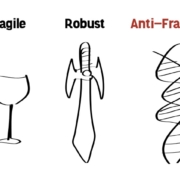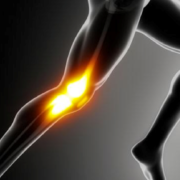Shin splints 101
MEDIAL TIBIAL STRESS SYNDROME AKA – SHIN SPLINTS
Medial Tibial Stress Syndrome is a common injury of the lower leg in athletes.
What is Medial Tibial Stress Syndrome?
Medial tibial stress syndrome is a common injury in runners and other athletes alike. The most commonly reported symptoms of MTSS is a vague, diffuse pain of the lower extremity, along the medial side of the tibia. Early on, this symptom is commonly noticed during an activity, it often is worse at the beginning of exercise and gradually decreases in intensity as the activity progresses or subsides within minutes of cessation. As the injury progresses the pain can present with less intensity of activity and can also be present at rest.
What Causes Medial Tibial Stress Syndrome?
MTSS is often caused by training errors other athletes and often associated with athletes going too hard too fast and increasing their load at a suboptimal rate.
Increasing activity, duration and intensity too quickly can place stress on the structure in the lower leg and lead to the onset of pain.
Previously, we believed that the main cause of MTSS involved underlying inflammation of the outer layer of the tibial bone due to strain placed on the tibia when loading occurs. New evidence is indicating a spectrum of tibial stress injuries is likely involved in MTSS. These are shown to include tendinopathy, periostitis, periosteal remodelling, and stress reaction of the tibia. Less than optimal function of various muscles such as tibialis posterior, tibialis posterior and soleus muscles are also commonly noted. These types of tibial stress injuries appear to be caused by variations in tibial loading such as chronic and repetitive loads which cause abnormal strain and bending of the tibia. MTSS and tibial stress fractures may be considered on a continuum of bone-stress reactions.
What do I do?
It is important to seek professional treatment and intervention early with the onset of these symptoms. Your treating physiotherapist will ask questions regarding your weekly exercise routine including the distances you have been running in the weeks leading up to the onset of the symptoms, the terrain you commonly run on and even the speed at which you are running. They will assess your walking and running biomechanics to investigate any muscle imbalances beginning at your feet and ankles and all the way through to your core and trunk. Your footwear choice is also an important consideration for your physiotherapist as proper support and reducing over-pronation is important in treating MTSS.
Your physiotherapist at Saanich Physiotherapy and Sports Clinic will advise you to decrease your training load and make suggestions on an optimal load for you. They will also help you with soft tissue release of the area, dry needling and stretching and strengthening exercises that may be beneficial to you.











